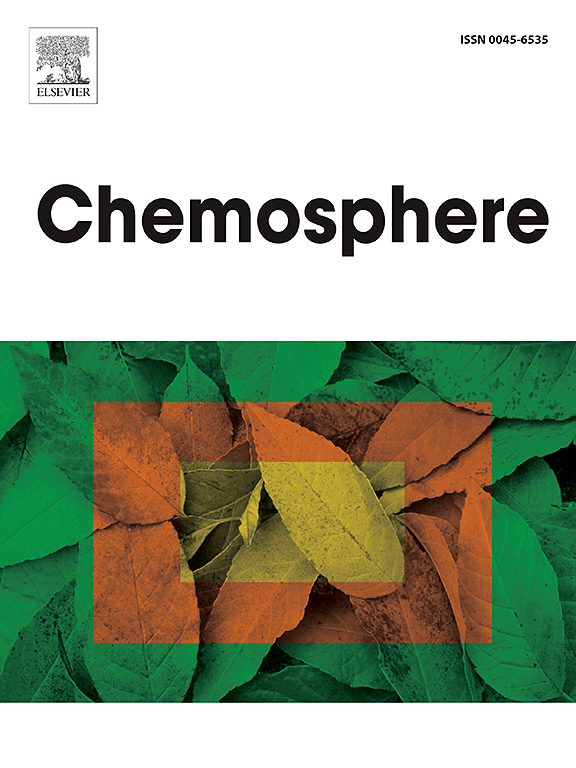Fouling characteristics and cleaning strategies of reverse osmosis membranes at different stages in a wastewater reclamation process
IF 8.1
2区 环境科学与生态学
Q1 ENVIRONMENTAL SCIENCES
引用次数: 0
Abstract
Membrane fouling is the main issue impeding reverse osmosis (RO), a crucial technology for the wastewater reuse process. This study systematically investigated the composition of membrane foulants at different positions on the RO element and the main causes contributing to membrane fouling using membrane autopsy in a pilot-scale RO process for wastewater reclamation. Membrane foulants were analyzed quantitatively and qualitatively using two fouled RO membrane elements from various vessels. The results revealed that the lead RO membrane suffers more severe membrane fouling, which mainly consists of organic matter (aromatic protein-like and soluble microbial product-like) and biofilm. The inorganic fouling, such as Ca, Fe, and Na, is the major foulant composition of the tail RO membrane. The physical cleaning process showed insufficient flux recovery in both fouled RO membranes. The alkaline cleaning was more effective for the lead-fouled membrane, while the acid cleaning was more effective for the tail-fouled membrane. This study offers control strategies for wastewater reclamation as well as a thorough comprehensive knowledge of the composition of membrane fouling and its major contributors at various locations along the RO membrane.

废水再生过程中不同阶段反渗透膜的污垢特征和清洁策略。
反渗透是污水回用的关键技术,膜污染是阻碍反渗透的主要问题。本研究系统地研究了反渗透元件不同位置膜污染物的组成,以及在废水回收的中试反渗透工艺中膜剖析导致膜污染的主要原因。利用来自不同容器的两个受污染的反渗透膜元件,对膜污染物进行了定量和定性分析。结果表明,铅反渗透膜的膜污染更为严重,主要由有机物(芳香蛋白样和可溶性微生物产物样)和生物膜组成。Ca、Fe、Na等无机污染物是尾反渗透膜的主要污染物组成。在物理清洗过程中,两种被污染的反渗透膜的通量恢复都不够。碱法清洗铅污染膜的效果较好,酸法清洗尾污染膜的效果较好。本研究提供了废水回收的控制策略,以及对沿反渗透膜不同位置的膜污染组成及其主要贡献者的全面了解。
本文章由计算机程序翻译,如有差异,请以英文原文为准。
求助全文
约1分钟内获得全文
求助全文
来源期刊

Chemosphere
环境科学-环境科学
CiteScore
15.80
自引率
8.00%
发文量
4975
审稿时长
3.4 months
期刊介绍:
Chemosphere, being an international multidisciplinary journal, is dedicated to publishing original communications and review articles on chemicals in the environment. The scope covers a wide range of topics, including the identification, quantification, behavior, fate, toxicology, treatment, and remediation of chemicals in the bio-, hydro-, litho-, and atmosphere, ensuring the broad dissemination of research in this field.
 求助内容:
求助内容: 应助结果提醒方式:
应助结果提醒方式:


